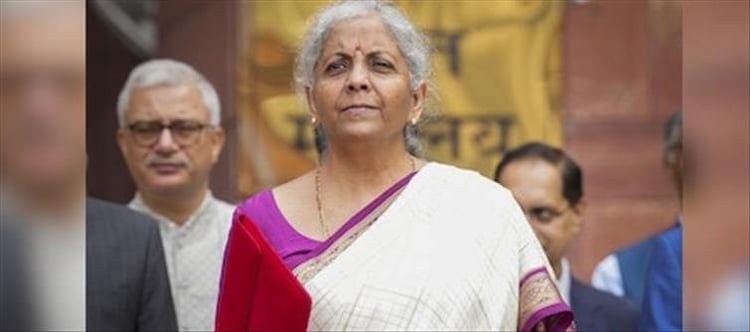
The Union Budget might seem like a complex financial document meant for economists and policymakers, but its impact reaches every household. From the price of cooking gas to the cost of groceries, budget decisions shape our daily spending. Here’s how:
Groceries: Why Your Food Prices Fluctuate
The food on your plate—rice, wheat, pulses, and cooking oil—is directly affected by budget policies. If the government reduces taxes on imported cooking oils like sunflower or soybean oil, prices in grocery stores drop. This happened recently when a tax cut lowered oil prices by ₹10–₹20 per litre.
Farmers also rely on government subsidies for fertilisers, which are allocated through the Budget. When these subsidies are high, the cost of producing essential crops like wheat and rice remains affordable, keeping grocery prices stable. Without sufficient subsidies, production costs rise, leading to higher market prices and a spike in your monthly grocery bills.
Cooking Gas: Why LPG Prices Change
LPG prices often fluctuate based on subsidies announced in the Budget. In 2023, the government provided a ₹200 subsidy per LPG cylinder for Ujjwala Yojana beneficiaries, helping these households save around ₹2,400 per year. Such subsidies make cooking gas more affordable for millions of families. However, when subsidies are reduced or removed, LPG prices rise, increasing household expenses.
Final Thoughts
The Union Budget is more than just numbers—it shapes the cost of everyday essentials. Understanding these decisions can help you plan your finances better and be more aware of how government policies affect your daily life.




 click and follow Indiaherald WhatsApp channel
click and follow Indiaherald WhatsApp channel